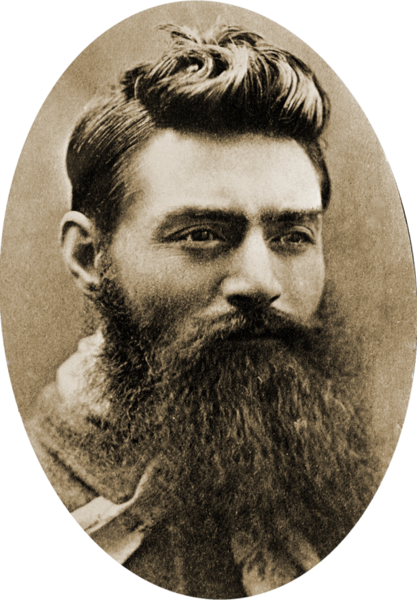Thomas Edison observes Thermionic emission.
Thermionic emission is a phenomenon where electrons are emitted from a heated surface or material. This emission occurs when the thermal energy of the material is sufficient to overcome the electrostatic forces holding the electrons in place, allowing them to escape into the surrounding space. The emitted electrons can form an electric current if collected by an anode or positively charged electrode placed nearby.
Electron Cloud Formation: When a material is heated, the thermal energy causes its electrons to gain kinetic energy, increasing their motion within the material. Some electrons near the surface can gain enough energy to overcome the attractive forces of the material’s atoms or molecules and escape into the surrounding vacuum.
Work Function: The likelihood of electron emission depends on the material’s work function, which is the minimum energy required for an electron to escape the material’s surface. Materials with lower work functions are more likely to exhibit thermionic emission.
Richardson’s Law: Richardson’s law describes the rate of thermionic emission and is given by the Richardson-Dushman equation. It states that the current density (J) of thermionically emitted electrons from a surface is proportional to the temperature (T) of the surface and inversely proportional to the square of the surface’s work function (?).
Applications:
Vacuum Tubes: Thermionic emission is the principle behind the operation of vacuum tubes, which were extensively used in early electronic devices such as radios, televisions, and amplifiers.
Electron Microscopes: Thermionic emission is utilized in electron microscopes, where a heated cathode emits electrons that are accelerated and focused to produce high-resolution images of samples.
X-ray Tubes: In X-ray tubes, electrons emitted via thermionic emission are accelerated and directed towards a target material, generating X-rays through interactions with the target.
Cold Cathodes: While thermionic emission typically involves heated cathodes, there are also instances of cold cathode emission, where electrons are emitted at room temperature through mechanisms such as field emission or secondary electron emission.

